
OR
Sunkoshi-Marin Diversion Project’s tunnel construction nears completion, breakthrough scheduled for May 8
Published On: April 27, 2024 09:00 PM NPT By: Republica | @RepublicaNepal

KATHMANDU, April 27: The construction of the tunnel of the Sunkoshi Marin Diversion Multipurpose Project, which is a project of national pride, has been almost completed with only a few meters left for a breakthrough. The breakthrough ceremony, when the tunnel will be officially opened, is scheduled for May 8.
The project aims to provide year-round irrigation facilities to various districts of Terai-Madhesh. According to Mitra Baral, head of the Sunkoshi Marine Diversion Project, only a small segment of the 13.3 km-long tunnel remains to be completed. Prime Minister Pushpa Kamal Dahal will attend the breakthrough ceremony, with other key officials including Minister for Energy, Water Resources and Irrigation Shakti Bahadur Basnet, Minister for Finance Barshman Pun.
The project anticipates guests from various sectors, including federal and provincial lawmakers from Ramechhap and Sindhuli, political leaders, high officials from the China Overseas Engineering Group Company Limited (COVEC) and ambassadors from different countries.
Despite a construction timeline of two years, the tunnel has been almost completed in just 19 months. If not for delays caused by geological complexity, the work could have been completed even earlier. Project Head Baral said that the tunnel construction involved using an Automatic Tunnel Boring Machine (TBM), a technology also used in the Bheri Babai Diversion Multipurpose Project.
Although the construction of the tunnel has been almost complete, other project components like the dam and power plant still require another year to complete. Nepal Electricity Authority’s Managing Director Kulman Ghising said that the state-owned power utility is considering using TBM technology in other projects, including the Dudhkoshi and Upper Arun Hydropower Project.
Shakti Bahadur Basnet, Minister for Energy, Water Resources and Irrigation (MoEWRI), has instructed the project officials to stay on project site, and ensure smooth progress of the project, with no further delays.
Along with the construction of the tunnel, the construction of the dam has also accelerated, and stakeholders are focusing on mobilizing more manpower and coordinating effectively.
The MoEWRI has instructed the project to submit progress reports every 15 days.
According to Baral, the head of the project, the construction of the project started on October 14, 2022. The goal is to complete the project by October 2027.
The construction entrepreneurs involved in the construction of the dam and powerhouse have not been able to work as per the schedule. The government has time and again instructed the builders to improve their performance.
Necessary preparations are being made for the construction of a powerhouse and transmission line. The Environmental Impact Assessment for the transmission line has been completed. A part of the currently operational BP Highway will be affected by the Sunkoshi Marine Diversion Project. About 900 meters of diversion should be built on the currently operational highway.
Under this project, the Sunkoshi River flowing through the border of Sindhuli and Ramechhap districts in Kandhungi will be diverted to Marin Khola.
About 67 cusecs of water from Sunkoshi will be pumped into the Marin River at Kusumtar, Kamalamai Municipality-2 of Sindhuli through a tunnel. The water will be used to irrigate about 122,000 hectares of land in Dhanusha, Mahottari, Sarlahi, Rautahat, and Bara. Likewise, the project will also generate 31.07 megawatts of electricity.
The tunnel construction of the project was done by the Chinese company COVEC. According to the contractors, the construction of the dam and powerhouse will be completed within the stipulated time even if there is some delay. A joint venture of Indian company Patel Engineering and Nepal's Raman Group has been entrusted with the construction of the dam.
After the completion of the project, irrigation facilities will be available throughout the year in the five districts of Mid-Terai, which are considered as the major grain producing areas. It will bring a qualitative change in food production.
You May Like This
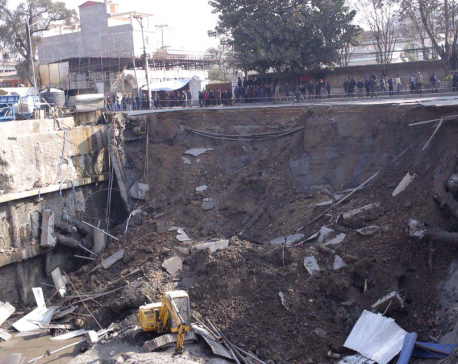
CIAA inspects under construction Naxal-based Hilton Hotel
KATHMANDU, Feb 9: A joint team from the Commission for the Investigation of Abuse of Authority (CIAA) and Kathmandu Metropolitan... Read More...

DoA relaxes ban on construction of houses around Gorkha Palace
GORKHA, Nov 14: After 27 year, the Department of Archaeology has relaxed some of the provisions related to the construction... Read More...

Construction worker falls to death
JUMLA, July 13: A construction worker at the under construction Karnali Health and Sciences Academy Teaching Hospital fell to his... Read More...
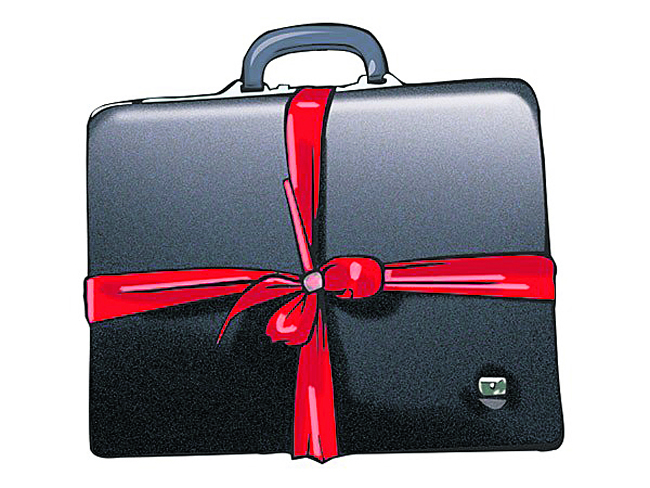
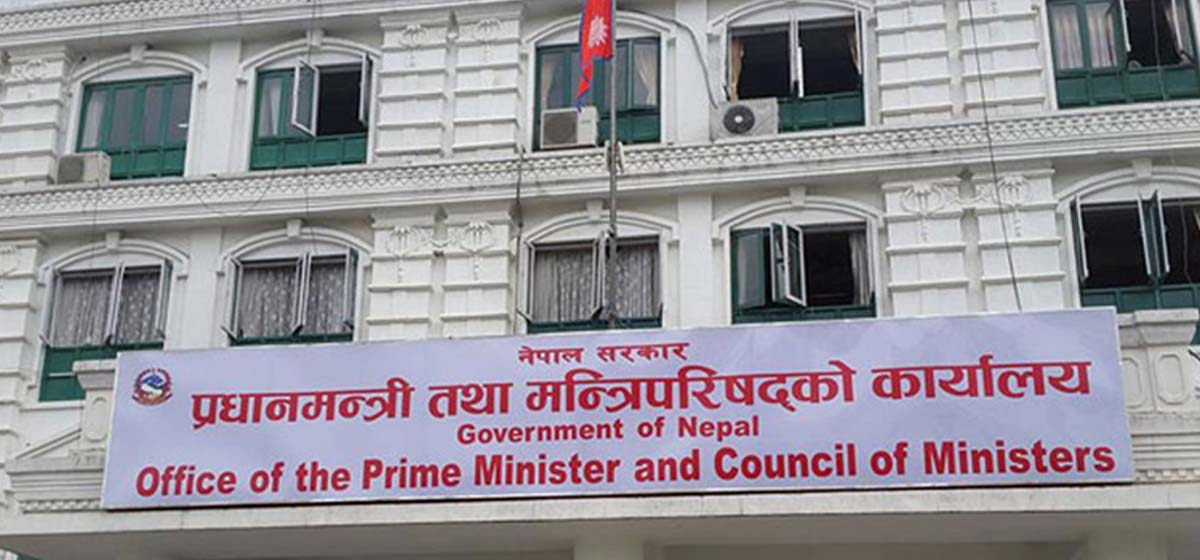
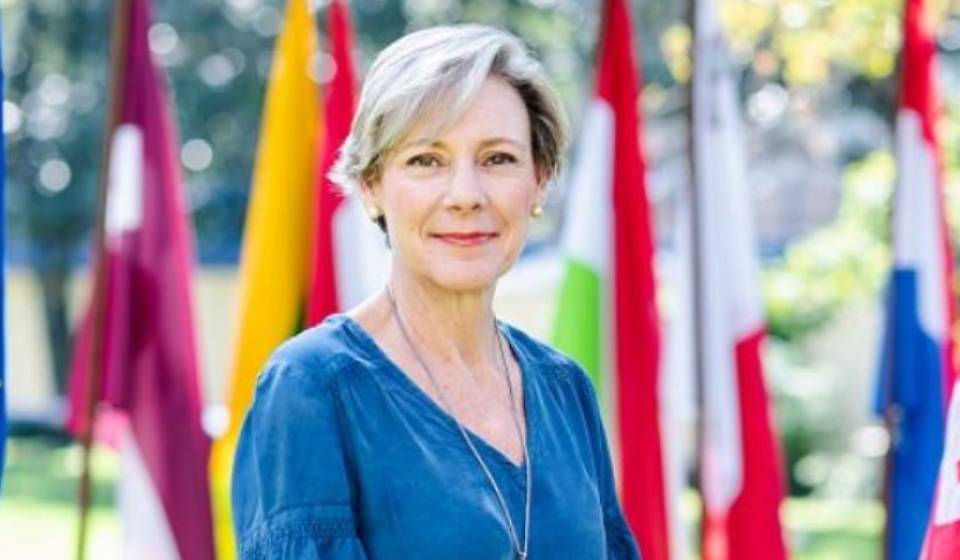
-1200x560_20240510154715.jpg)
Just In
- Hyundai launches first 'made in Nepal' vehicle assembly plant in Nawalparasi
- Two arrested with Rs 9.8 million of hundi cash after car chase by police from Singha Durbar
- SC refuses to issue interim order in petition against Koshi CM Karki
- Patan High Court upholds district court’s order, refuses to release four people arrested in connection with cryptocurrency case
- EU to help Nepal bring investment
- Newly-appointed Koshi CM Karki to seek vote of confidence on May 13
- NC continues protest, next HoR meeting scheduled for May 14
- Province Chief Khapung summons budget session



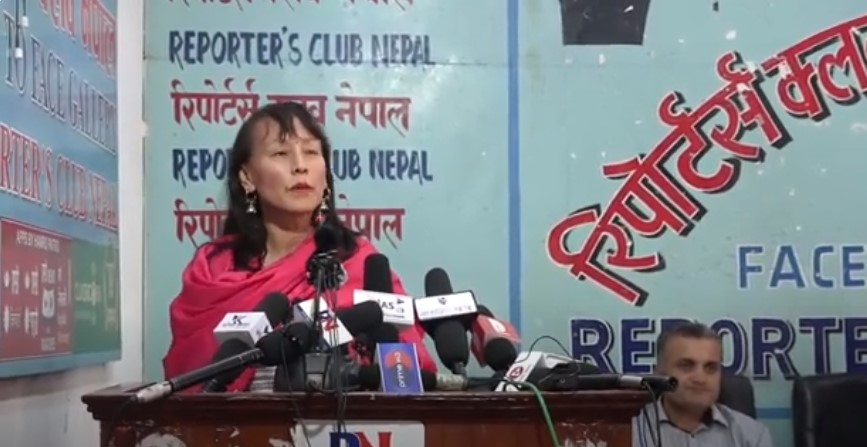

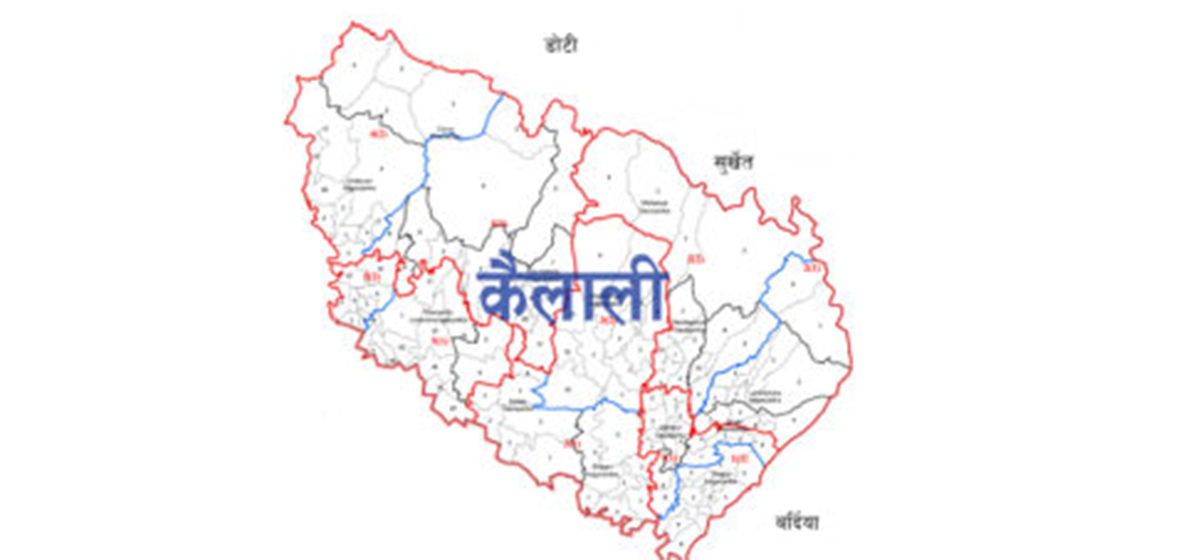

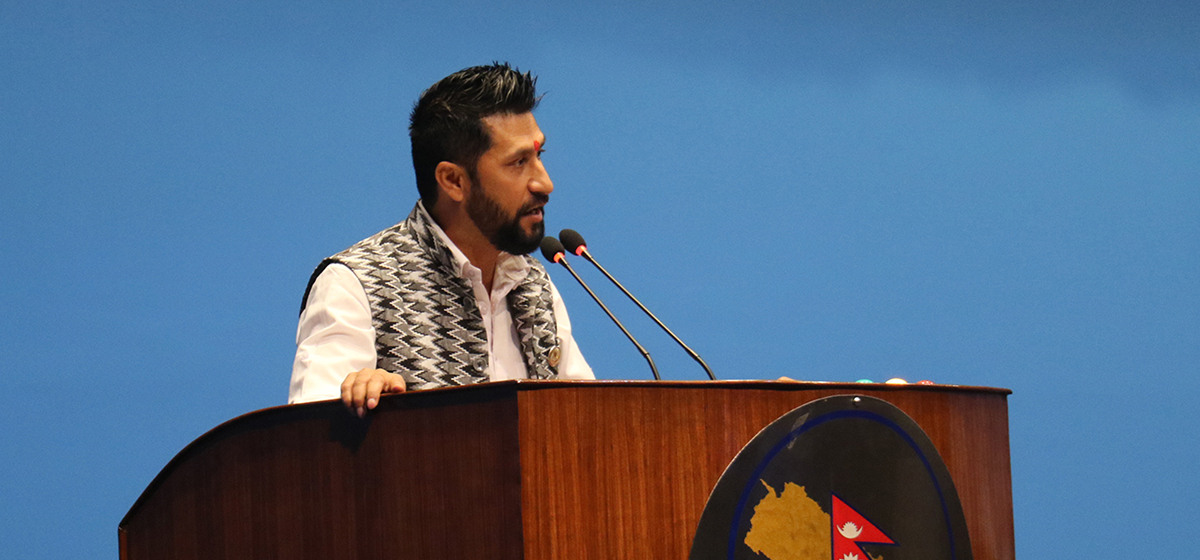
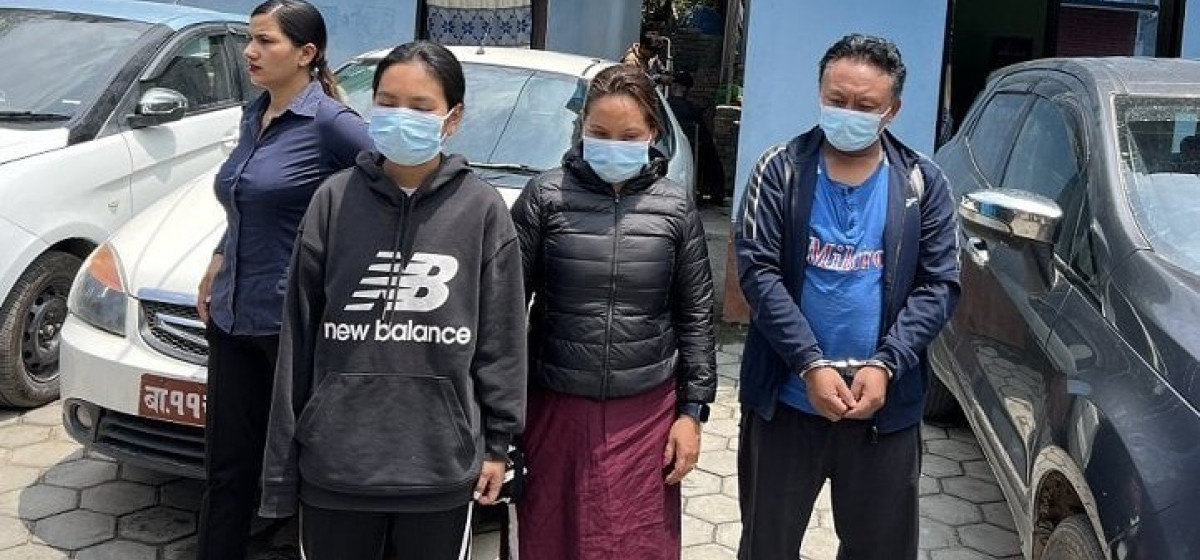
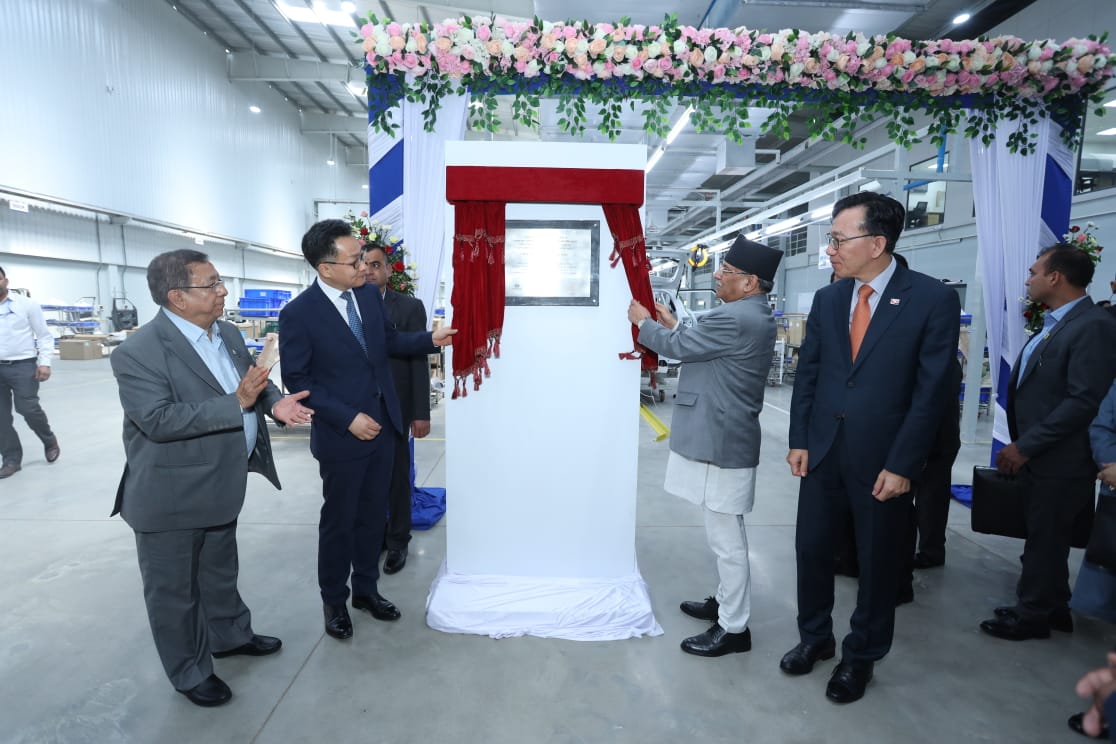

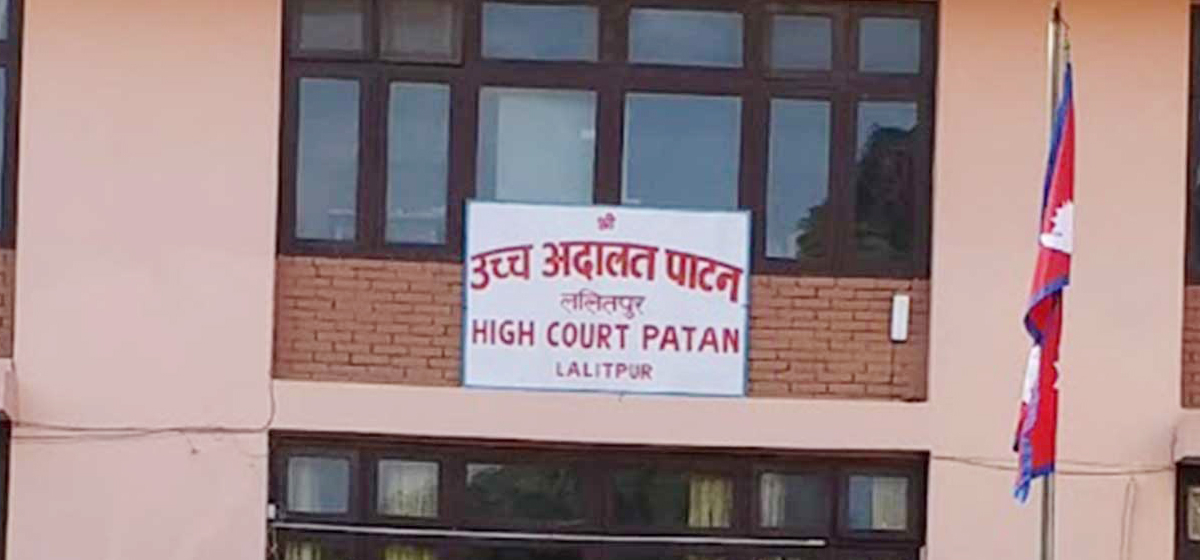
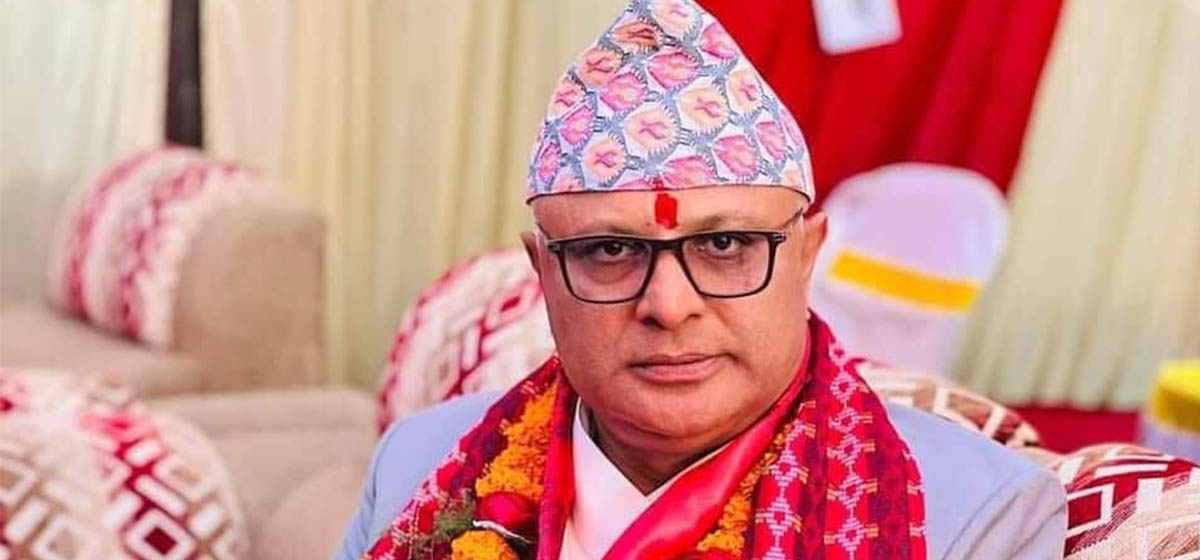
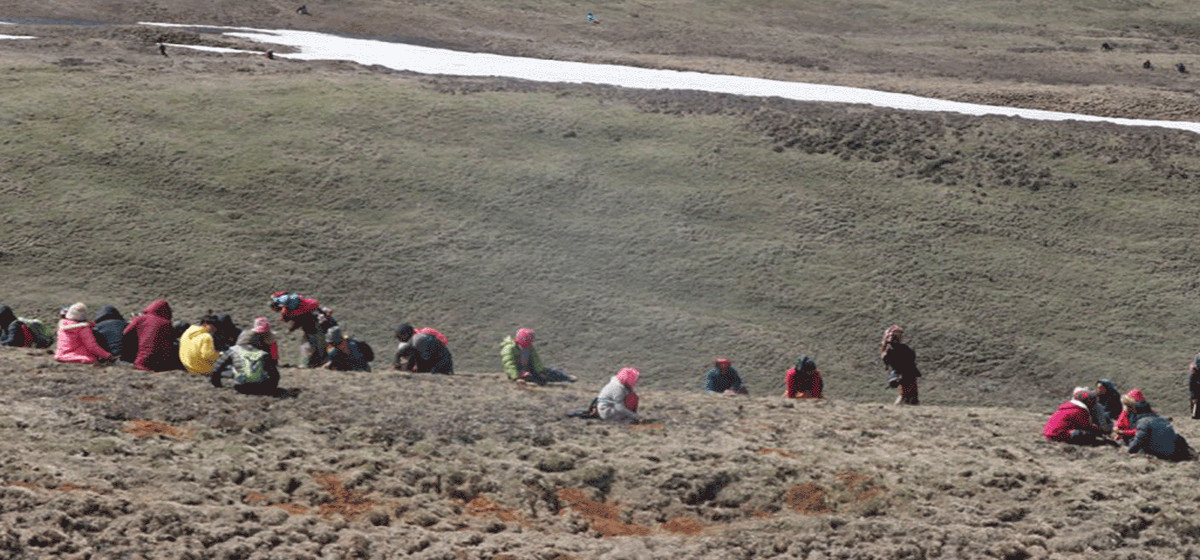

Leave A Comment